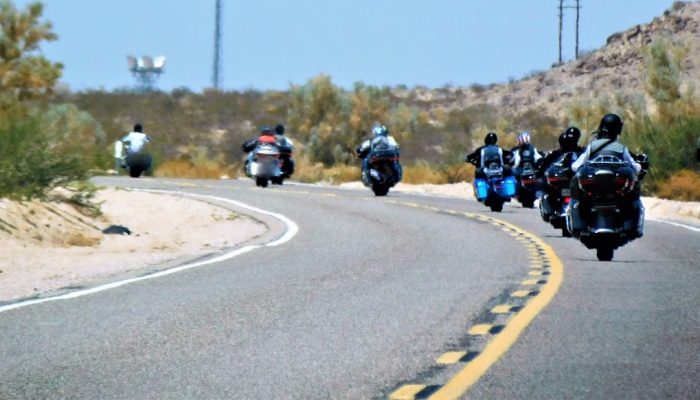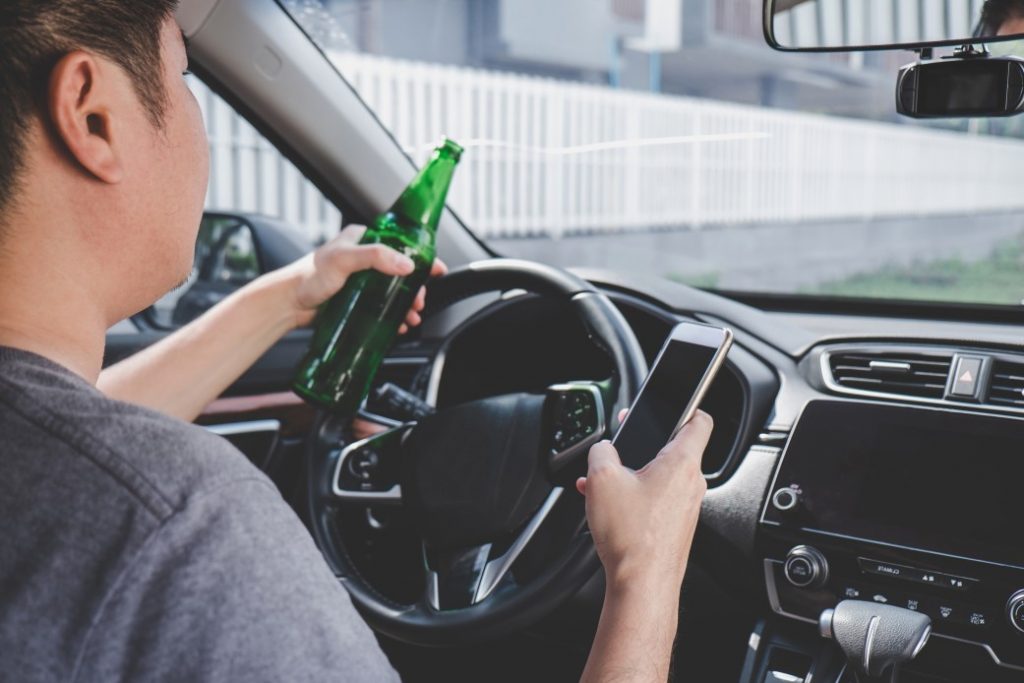While there is a general ‘duty of care’ on motorcycles, passengers’ safety is not always the first priority. As a passenger, you have certain rights in such a case. These are some of the rights you have:
Getting medical care after
It’s imperative to get medical treatment after a motorcycle accident, as you won’t have the safety shield of a metal vehicle behind you. Getting medical treatment right away can help you determine the full extent of your injuries and begin your recovery. Medical attention can also help you recover from your injuries through physical therapy. No matter what the circumstance, it is important to follow all medical orders and attend all appointments.
Depending on the severity of your injuries, you may need physical therapy to regain your strength and flexibility. Your physical therapist will likely want to see you at least three times a week, which can be a lot of time. Ultimately, however, you’ll only be able to claim for the medical expenses if you have an X-ray that proves that you were injured in the crash. Getting medical treatment after a motorcycle accident is important for proving your injury in a personal injury lawsuit. Also, you should call the police to report the accident to collect any evidence that might prove your injuries.
Obtaining medical care right after a motorcycle crash is essential for your health. No matter if the crash was your fault, if you are hurt, you should dial 911 to get medical attention. The dispatcher will tell you if you require an ambulance. If so, the best thing to do is to get the medical attention that you need as soon possible. To get back on your feet, it is important that you follow the instructions of your doctor.
How to file a motorcycle accident claim
If you are a passenger involved in a motorcycle crash, you may be entitled to file a claim for damages against the person who was at fault for the accident. You must first prove negligence and injury to determine if the person responsible can be held responsible for your injuries. You may also be eligible to file a wrongful-death claim if you were injured in a motorcycle accident.
Your injuries may also be caused by the motorcyclist. If the motorcyclist was speeding, driving too fast for road conditions, running stop signs and traffic control devices, or being drunk while operating a motorcycle, you may be able to make a personal injury claim against them. Negligent or reckless driving can result in injuries to motorcycle riders. You may be able to sue the motorcyclist if you are injured in a motorcycle accident.
The injuries sustained by the passenger may not be as severe as those of the motorcycle operator. However, because passengers are usually unprotected, they may be found partially responsible for the accident. The insurance company may attempt to minimize the compensation awarded by the court, claiming that the passenger was partially at fault for the accident. This is known as “pure comparative negligence.”
How to get compensation
You may be eligible for compensation if you were a passenger in a motorcycle crash. Motorcycle accidents can be very devastating, leaving victims with significant injuries. If you were injured in a motorcycle crash, you should seek medical attention immediately. It is important to take photographs of any injuries and contact witnesses. You will need to prove your injuries and damages in order to win your case.

It may not be an easy case. It can expose your personal assets and even your relationship with the motorcyclist. It is important to know your rights as a passenger when seeking compensation. Motorcycle passenger lawsuits can result in significant financial awards and can also be emotionally devastating. Getting the compensation you deserve is not easy, but it’s worth it. Listed below are the steps you need to take to maximize your chances of success.
If the other driver is negligent, you may be entitled to compensation as a motorcycle passenger. You may be able to pursue a claim against the motorcyclist if the accident was caused due to faulty brakes. You must prove that the driver failed to yield to the motorcycle and breached their duty of care. It is much easier to get compensation as a passenger in a motorcycle accident than to file a lawsuit against the driver.
Comparative fault
Preponderance is the legal standard for determining comparative fault in a motorcycle accident. If you’re found 50 percent at fault in a crash, you’re not eligible to receive damages from the other driver. However, if you’re found 50 percent at fault, you may be able to recover some damages. These details are not legal advice and are intended to be informational only.
Multiple parties may be involved in a St. Petersburg motorcycle accident case. In such cases, the jury will determine which party is at fault. The more at fault you’re found to be, the lower your total compensation will be. You will also need to ensure that you are wearing a helmet. The Centers for Disease Control recommends that you wear a helmet. Your damages could be reduced by 25% if you are at fault.
The fault percentage in a motorcycle crash may be disputed. For example, if the other party was 25 percent at fault, you may only recover seventy-five percent. However, if you’re fifty percent or more at fault, you won’t be able to collect any damages. A motorcycle crash attorney will help you determine whether you’re eligible to recover. If you’re not sure how to prove your fault, consult a personal injury attorney as soon as possible.
Providing a full-face helmet to a passenger
When providing a full-face motorcycle helmet to a passenger, keep in mind that his or her head size will be different from yours. The helmet may not fit correctly because they are oversized, and the inflated air inside may cause “warm spots” and headaches. The proper size for a passenger’s head is an oversized medium or large helmet. If your passenger’s head is bigger than yours, purchase a smaller helmet.
The full-face helmet should be used to reduce peak linear accelerations in a motorcycle accident. Increasing this factor can decrease the likelihood of a passenger suffering a traumatic brain injury. This protection is not always effective. Helmets are still the best protection for riders, but they can only prevent 37-42% fatal injuries. In addition, the helmet should minimize the peak linear accelerations of the rider and passenger.
This study shows that full-face helmets work better than open helmets to prevent head and cervical injuries in motorcycle accidents. They did not take into account the severity of the accident. As a result, the benefits of open and half-coverage helmets outweigh the risk of neck injuries in motorcycle accidents. In addition, riders who live in tropical climates may find it more comfortable to remove their helmet than those in colder climates.
Liability
You might be wondering if you are able to file a claim against the insurance company of the other driver if you were a passenger in a motorbike accident. While passengers have no control over the motorcycle and cannot avoid an accident, they do have legal rights. They can file a claim if they are the cause of the accident. Here are the details. The passenger should hold onto the driver and lean towards him. When the driver brakes or stops, you should not slide forward. You could be held responsible for the crash and awarded compensation.
The accident report or accident reconstruction expert can determine liability for passengers in a motorcycle accident. While passengers are not considered partially at fault for the crash, insurance companies may argue that passengers were at fault for the accident. You can file a claim against another driver if the passenger was negligent or caused the motorcycle to become uncontrollable. A motorcycle crash attorney can help you navigate these legal issues.
There are many ways to sue a driver who was negligent in a motorcycle accident. If the other driver was not adequately insured, you can sue the insurer of the other driver to recover damages. In Wisconsin, this statute allows passengers to sue up to the policy limit of the driver’s insurance. In some cases, defective motorcycle parts are also a cause of motorcycle crashes. Depending on the circumstances you might be able to sue either the manufacturer, distributor, or retailer of your motorcycle.



















